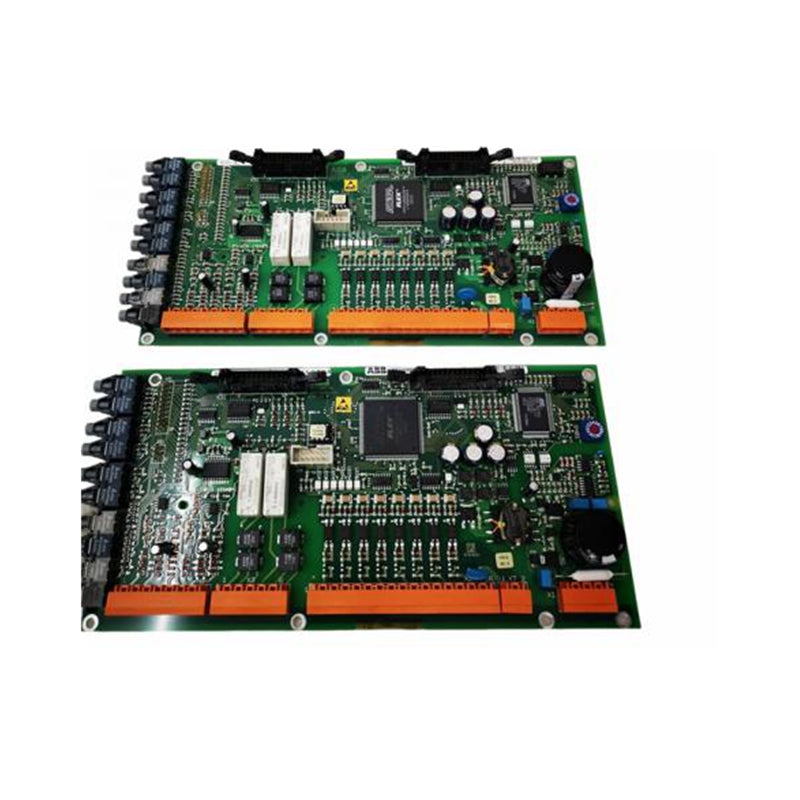Printed Circuit Boards (PCBs) are vital in nearly all electronic devices. Corrosion is a major threat that can compromise performance and cause device failure. Understanding the causes of PCB corrosion and adopting preventive measures helps ensure reliability and longevity.
What is PCB Corrosion?
PCB corrosion happens when metals like copper or tin react chemically with moisture, oxygen, or contaminants. This reaction leads to the breakdown of metal surfaces, disrupting the board’s electrical function and potentially causing total failure.
Causes of PCB Corrosion
Grain Boundary Corrosion
Contaminants penetrate the grain boundaries in metals, leading to intergranular degradation that spreads across the PCB surface.
Fretting Corrosion
Mechanical movement or vibration between PCBs or connectors causes oxidation and gradual material loss at contact points.
Electrochemical Corrosion
Ionic contamination and the presence of electrolytes, combined with electrical current, accelerate corrosion in conductive pathways.
Environmental Factors
High humidity, dust, and airborne pollutants promote oxidation and speed up corrosion on unprotected surfaces.
Solder Flux Residue
Chlorine-based or poorly cleaned flux residues can trap moisture and promote corrosive reactions.
Improper Manufacturing Practices
Contamination from handling, oils, or trapped moisture during manufacturing can trigger early corrosion.
Preventing PCB Corrosion
Protective Coatings
Apply conformal coatings, solder masks, or epoxy layers to protect metal surfaces from the environment.
Sealed Enclosures
Enclose PCBs in housings with high IP ratings to guard against moisture and dust.
Clean Manufacturing Environment
Produce and assemble PCBs in a dry, contamination-free setting to reduce risks from foreign materials.
Proper Soldering Techniques
Use appropriate flux and clean off residues thoroughly to eliminate corrosion catalysts.
Corrosion-Resistant Materials
Use gold or other corrosion-resistant finishes on critical pads and connector contacts.
Regular Maintenance
Clean PCBs periodically using isopropyl alcohol or ultrasonic cleaning methods to remove built-up contaminants.
Conclusion
PCB corrosion is a silent but destructive force in electronics. Preventing it requires a combination of good design practices, clean manufacturing, environmental protection, and regular maintenance. These steps extend the lifespan and dependability of any electronic system.

